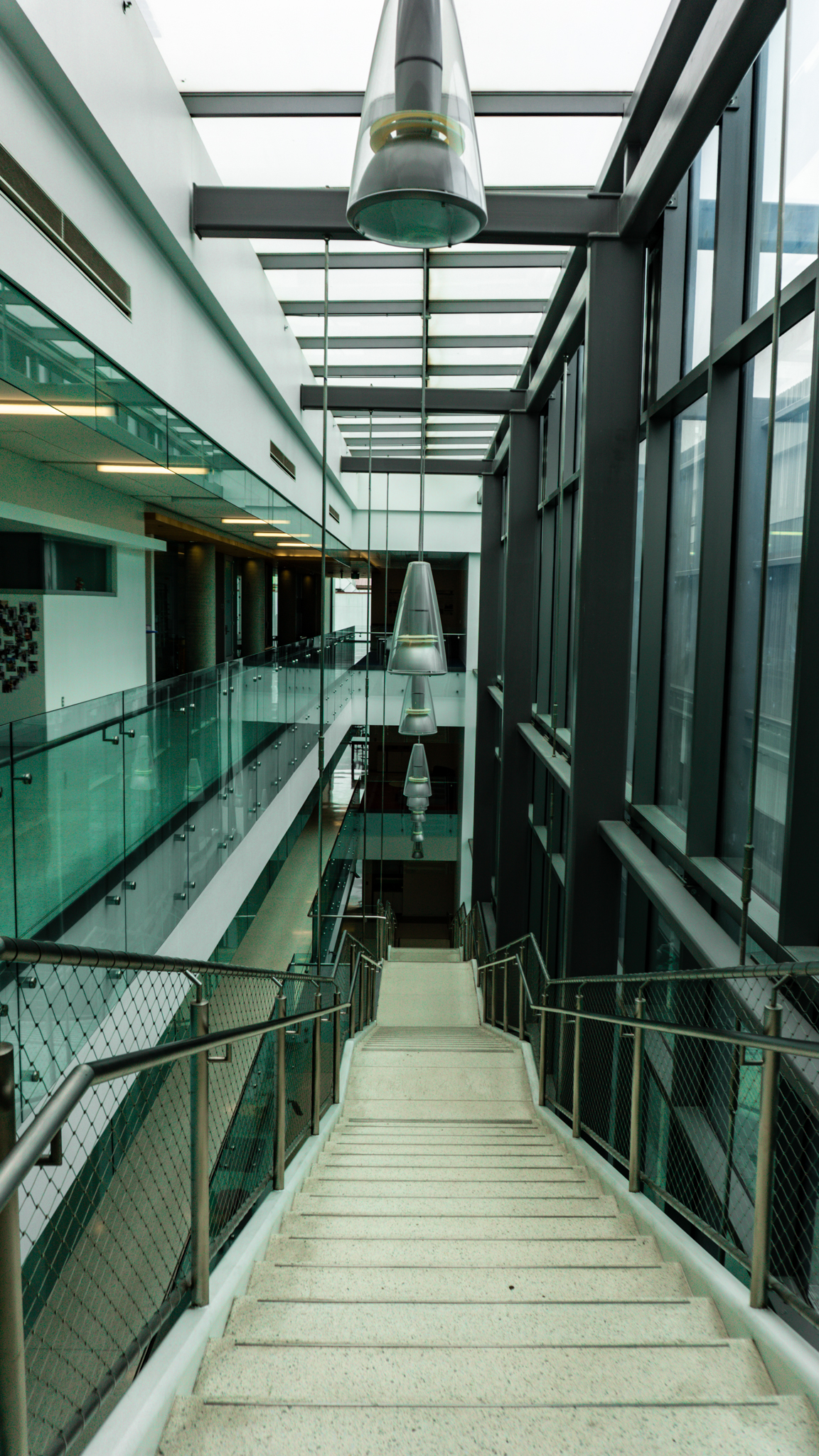Life Sciences Building
Completed in 2015, the Bruce Featherston Life Sciences Building earned LEED Gold certification, a distinction awarded to buildings that meet high standards in environmental performance, energy efficiency, and sustainable design. The facility incorporates a range of green features that not only enhance sustainability but also serves as a valuable academic resource for environmental and life science studies. LEED Gold is a significant achievement, reflecting LMU’s commitment to creating healthier, more efficient spaces that reduce environmental impact.

What Makes it Green?
Solar
- More than 8, 200 square feet of solar panels that produce approximately 10% of the facility's energy needs
- A solar screen on the west façade reduces radiant heat by deflecting sun rays
Green Roof
- 11, 300-square-foot green roof
- The three-story roof helps cool the rooms beneath and mitigate stormwater pollution
- Covered by drought-tolerant plants
- Serves as an outdoor living laboratory where students measure rain-water pollutants and study stormwater retention
- The research garden provides materials for natural science, botany, and other classes
Water
- Storm water street planters to control stormwater run-off
- Infrastructure for future recycled-water flushing system
- Low-flow plumbing fixtures
Energy
- Energy is saved through daylight harvesting and high-performance glass
- Independent climate control, chilled beams, and natural ventilation save energy as well
- 200 square feet of photovoltaic panels that generate 10% of building's power
- Independent climate and lighting control in individual offices
- Building insulation is better than the required code
